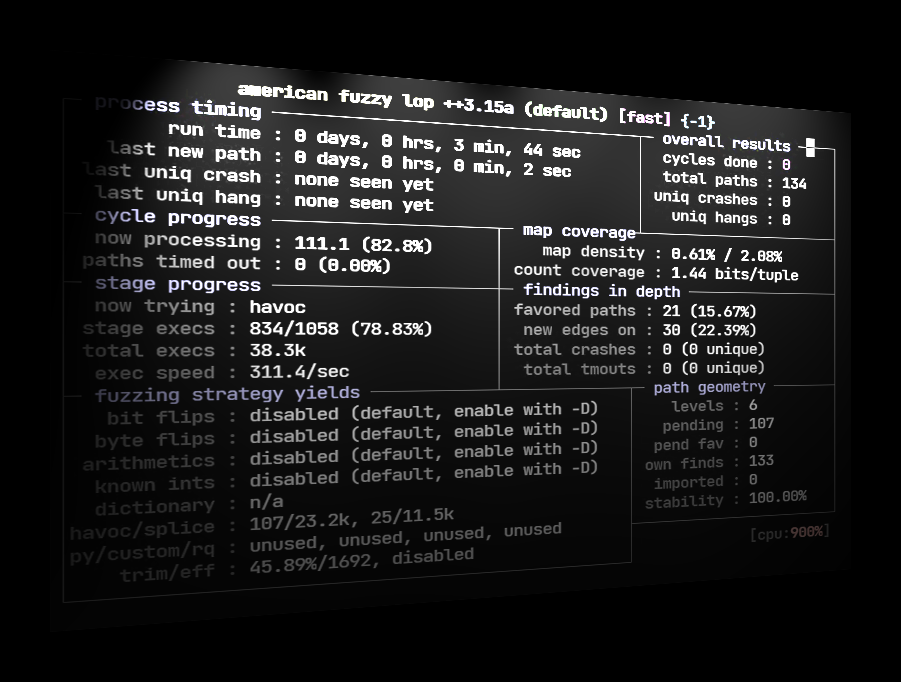Introduction At AWS, we work with customers and partners to build technologies that help solve real-world industrial problems like minimizing equipment downtime, improving process efficiency, maximizing product quality, and ensuring personnel safety. These customers are using AWS services to gain digital capabilities that help them to optimize their processes and make data-driven decisions. This transformation boosts competitiveness and lays the foundation for a more intelligent, agile, and interconnected industrial landscape. At the center of achieving this digital transformation is data. For years, industrial companies have stored valuable telemetry data generated by their processes and equipment in time series databases commonly referred to as data historians. However, even if customers have data stored in historians, many of their digital transformation projects fail because they are unable to use that data to extract insights that can help them improve their operations in a scalable and cost-efficient way. In this blogpost, we will review the most common reasons why customers need to “free” their data from legacy data historians, as well as three common approaches to historian modernization customers have pursued successfully with AWS. The evolution of data historians Data historians are similar to time series databases optimized to store data generated by machines and sensors that participate in industrial operations. Industrial companies have used a wide range of systems as data historians for many years – from relational databases, to specialized time-series storage. The most advanced data historians allow users to analyze the historical behavior of their operations by providing tools and technical capabilities that facilitate data collection, storage, contextualization, analytics, Key Performance Indicator (KPI) computation, and data visualization. The first historians used in industrial use cases were connected to local equipment and scoped to support the processes of a single line or site. For this reason, they were called “process” or “site” historians. Over time, customers found the need to aggregate data from single line historians into a single repository. Aggregating data into a single historian allowed them to compare the behavior of different lines, or to generate reports at the plant and enterprise level. This gave birth to the enterprise historian. Many AWS customers have thousands of process historians and dozens of enterprise historians, many of which have been acquired through years of Merger & Acquisition (M&A) activities. This complicated landscape, makes it hard for customers to gain value from their data. With the evolution of the Internet of Things (IoT), Artificial Intelligence (AI), and Machine Learning (ML) technologies, customers need to make real-time decisions with the data they produce and store, thereby seeing incremental benefits with predictive insights, quicker root cause analysis, and better operational visibility. Achieving these outcomes with traditional data historians is hard because they don’t scale very well to support ingestion and storage of large volumes of data, they lack the APIs and technical capabilities to seamlessly integrate data to advanced analytics systems such as ML and Business Intelligence (BI) platforms. Customers that are successfully solving these challenges are using a combination of edge and cloud capabilities in order to build a modern industrial data foundation. This data foundation can be used by end-users, and applications to solve multiple use cases through data-driven insights. Benefits of a modern data foundation Modernizing historians by migrating data storage to the AWS Cloud offers customers many advantages, including tapping into AWS’s expertise helping customers achieve their Digital Transformation goals. Scalability and Elasticity: With AWS services, organizations can handle large volumes of historical data efficiently and scale fast when needed. By leveraging AWS services such AWS IoT SiteWise (for collecting, organizing, and analyzing industrial equipment data), Amazon Simple Storage Service or S3 (offering industry-leading scalability, security, and performance), and Amazon Redshift (for querying structured and semi-structured data across data sources), manufacturing teams can store and process vast amounts of historical data, and scale down when they don’t need the capacity. Cost Optimization: AWS provides services and technical capabilities that allow cost efficient ingestion, storage and analysis of large volumes of historical telemetry data. For example, AWS IoT SiteWise provides hot, warm and cold times series data stores that help customers ingest and store data efficiently in the AWS cloud. AWS provides flexible pricing models, allowing organizations to pay for the storage and processing resources they actually use. For example, customers can reduce licensing cost on Business Intelligence (BI) and Analytics software by using pay-as-you-go cloud native solutions like Amazon QuickSight, a cloud-scale business intelligence service that customers can use to deliver insights. Integrated Data Analytics Capabilities: AWS provides a wide range of data analytics and machine learning services that can be integrated with the historical data. Organizations can leverage services like Amazon Athena, Amazon QuickSight, or Amazon Forecast and Amazon Lookout for Equipment to gain valuable insights from their historical data. These services enable advanced analytics, data visualization, and predictive modeling, helping organizations make data-driven decisions. Improved Data Security: AWS has security measures in place to protect data. By migrating their historian databases to AWS, organizations can leverage AWS’s security features, including encryption, access controls, and monitoring tools. AWS’s compliance certifications and adherence to industry best practices further strengthen data security and privacy. High Availability and Disaster Recovery: Organizations can design their historian to be resilient to failures and implement automated backup and recovery mechanisms, ensuring that historical data remains accessible even in the event of system failures or disasters. AWS offers services such as Amazon EC2 (Elastic Compute Cloud) – a service that allows companies to run applications and workloads on the cloud – and amongst others, Amazon RDS (Relational Database Service), with high availability and disaster recovery capabilities. Integration with AWS IoT and Other Systems: Many organizations use historian databases in conjunction with IoT devices and other control systems to capture and analyze real-time and historical data. AWS provides a comprehensive suite of IoT services and seamless integration with other system, such as a Manufacturing Execution System (MES). Enabled Use Cases: Predictive Maintenance, Predictive Quality, Sustainability, improved Operational Effectiveness, ML powered forecasting of key production metrics, Root Cause Analysis (RCA) are some of the use cases that are enabled by modernizing Historians with AWS. Approaches to Historian modernization with AWS By aligning with each customer’s unique objectives, challenges, and aspirations, the approaches below ensure a holistic and customized roadmap that empowers organizations and ensures success in their historian modernization efforts. These are some of the options that customers have when considering modernizing their historians with AWS: Migrate on-premise historian infrastructure to the AWS Cloud. With this approach, customers can move their existing historian infrastructure to an Amazon Elastic Compute Cloud (EC2) instance in order to reduce their burden of managing edge infrastructure. By doing this, customers gain scale and elasticity to improve the hardware layer of the on-premise historians. AWS Partners have published cloud deployed versions of their historian. For example, a GE Proficy Historian can be deployed from the AWS Marketplace, and OSIsoft PI customers can leverage the PI Integrator for Business Analytics to accelerate the Historian data migration. Extend technical capabilities by aggregating data from on-premises historians with a modern data foundation in the AWS Cloud. With this approach, customers aggregate data from one or multiple on-premise historians into a modern data foundation in the cloud. By doing this, customers maintain their on-premise historians for mission-critical applications, but greatly improve their ability to extract valuable insights from their data by integrating it to other AWS services.For example, Bristol Myers Squibb (BMS) ingests data from their historians into AWS IoT SiteWise to create a consolidated view of their operational data that allows them to enhance visibility and analytics across their enterprise. AWS IoT SiteWise simplifies the modernization of data historians by seamlessly collecting and structuring industrial data, offering real-time monitoring, supporting advanced analytics, and facilitating easy integration with various services. Once data was stored in AWS IoT SiteWise, BMS is able to use other AWS Services such as Amazon Athena and Amazon S3 to add context to their data by aggregating it with information from their Enterprise Resource Planning (ERP) and other systems. This has provided richer site analytics for product batches being manufactured across various locations. Replace enterprise historians for a modern data foundation. This approach involves architecting data collection, storage, and analysis mechanisms that efficiently operate at the edge, where data is generated, and in the cloud, where extensive computational power resides. Customers that take this path replace their historians by a new data foundation.…
Modernize your Enterprise Historian with AWS Cloud Services

Sign Up for Our Newsletters
Get notified of the best deals on our WordPress themes.









